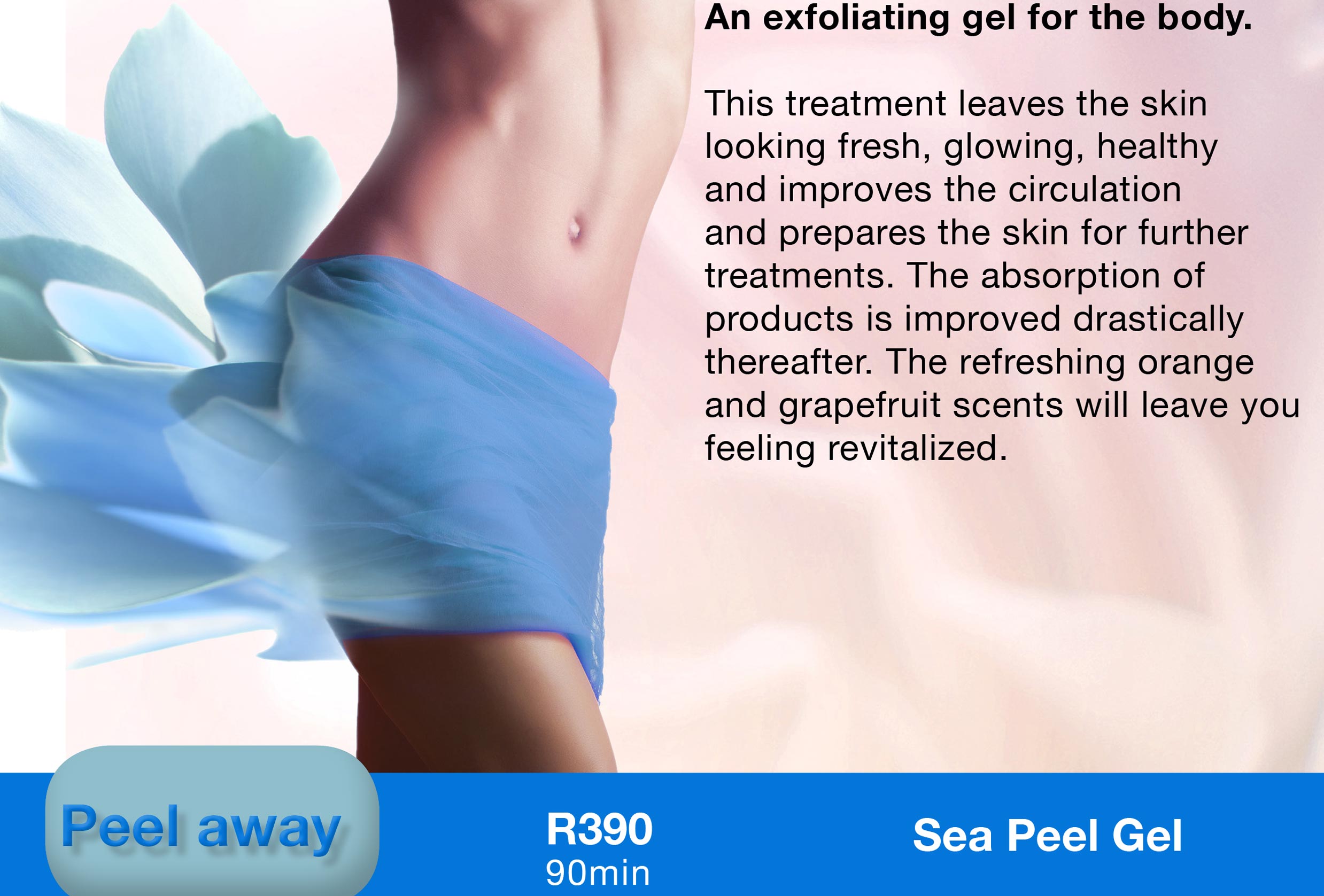Teen Skin
Many people of all races between the ages of twelve to eighteen suffer from mild impurities on the skin such as white heads, blackheads or pimples. For others these impurities develop into something much more serious and unpleasant. In fact by the mid teens over 40% of teenagers have an acne condition serious enough to compel them to consult a beauty therapist or indeed a dermatologist.
Acne usually lasts for five to ten years but can continue into the late 20’s and 30’s. Some people experience acne for the first time in their 40’s. Acne affects young women and men equally except that young men tend to have longer lasting and more severe forms of acne. Young women tend to have intermittent acne resulting from hormonal changes in their body (associated with their menstrual cycles) and acne caused by cosmetic products.
Acne lesions are most common on the face but can also occur on the neck, chest back shoulders, upper arms and legs. The psychological effects on people with acne are concerning as acne sufferers may be depressed and lack self confidence. Acne is the term for clogged pores which results in blackheads and whiteheads or even deeper infections that manifest themselves as cysts and nodules. Permanent scarring can often result from the more serious cases of acne.
The causes of Acne
There are 5 important factors:
- Genetic predisposition
- Excessive production of sebum (Seborrhoea)
- Follicular horny layer disturbance
- Androgens
- Bacterial presence and infection
If both parents had acne in their teens there is a 60% chance that the children will suffer from acne in their teenage years.
Sebum plays a major role in the development of acne. The sebum glands are influenced by hormones and the stimulating influence of tactical, ovarian functions and the peripheral androgen.
I want to clarify some of the terminology used to describe various acne conditions.
Acne Lesions- a physical change in the skin caused by disease or injury. In the case of acne the lesion is external, caused by an infection of the sebaceous follicle (Sebaceous gland-oil producing glands in the skin). Acne lesions range from comedones (blackheads and whiteheads) to nodules and cysts.
Comedones – (non inflammatory) are hair follicles blocked by sebum (oil), dead cells tiny hairs and bacteria. This sebum is generally infected. When a comedone is open on the surface of the skin it is exposed to the air and becomes oxidized resulting in the black colour. White comedones are “closed” and have not been exposed to the air. It is represented by a slightly inflamed bump on the skin. These comedones should never be squeezed as they become infected with streptococci and other bacteria’s. They generally release their content onto the surface of the skin and heal. If they are squeezed inflammatory Acne can result.
Papules – Are small solid lesions (lumps) on the surface of the skin. They have a rough surface. This is caused by a cellular reaction (localized) to the acne process. If there is a break in the wall of the hair follicle white cells come in and the pore becomes inflamed.
Pustules – Are dome shaped lesions containing pus – a combination of dead skin cells, white blood cells and bacteria. These generally heal without leaving scars. They are formed several days after the formation of papules when white blood cells make their way to the surface of the skin.
Cystic Acne – This is a sac like lesion containing a liquid or semi liquid containing white blood cells, dead cells and bacteria. It is larger than a pustule and is generally inflamed and extends deep into the skin, it can be very painful and tends to leave scars. Sometimes they are found in combination with nodules which leave severe scarring as a result of tissue scarring. Treatment by a dermatologist is essential.
Nodules – form when hair follicles break along the bottom causing a large inflamed lump. This can also result in puss filled lesions.
Milia – are miniscule white bumps that occur when dead skin cells get trapped in small pockets on the surface of the skin. They can be treated
by regular visits to a beauty therapist. This diagram is a trans-section of the skin to get you familiar with certain terminology used in this article and to see where the acne occurs in the skin.
Treating Acne
General:
- A spontaneous healing can only be expected in the case of the milder forms of acne vulgaris.
- Diet in terms of chocolate, nuts etc has no influence on the sebum production or the creation of comedones.
- A thorough cleansing of the skin is essential for treating an acne condition so that the active treatment iscan be more efficient
- Skincare with mineral oils , parabens, colorants and fragrance must be avoided
- Only skin compatible or skin identical products are recommended
- Juicing with specific fruit and raw vegetables can have a cleansing effect on the entire system
- Regular visits to a professional beauty therapist for extractions and deep cleansing are recommended
- Home care routines must be carried out religiously every day
- As recommended by the beauty therapist
- In severe cases a visit to a Dermatologist is recommended.
Medication usually recommended in severe cases:
- Anti-biotics
- Isotretinoin (Roaccutan)
- Oral hormone therapy (e.g. Diane 35)
- Topical products Retinoid, Isotretinoin, Adapalene, Benzoylperoxide













